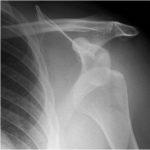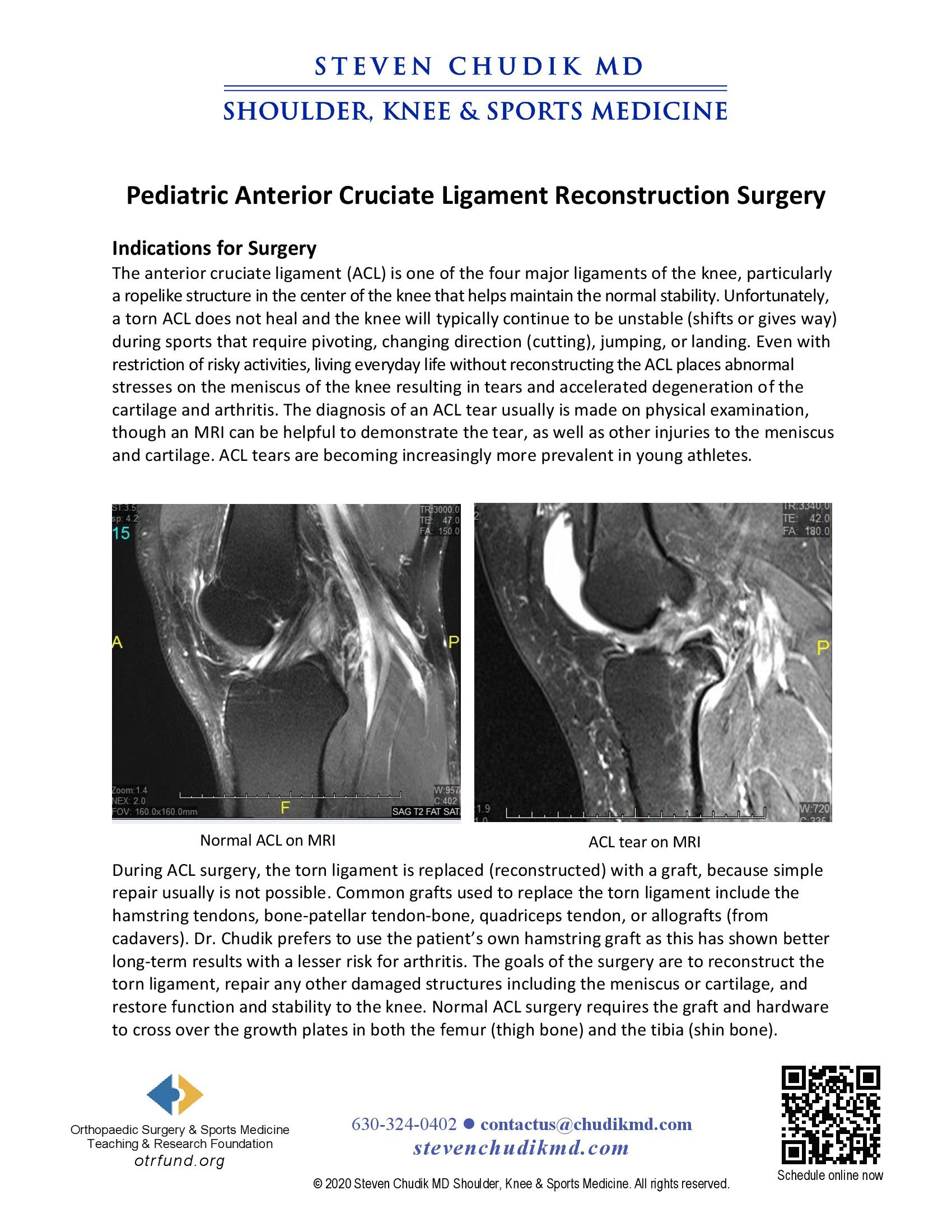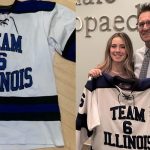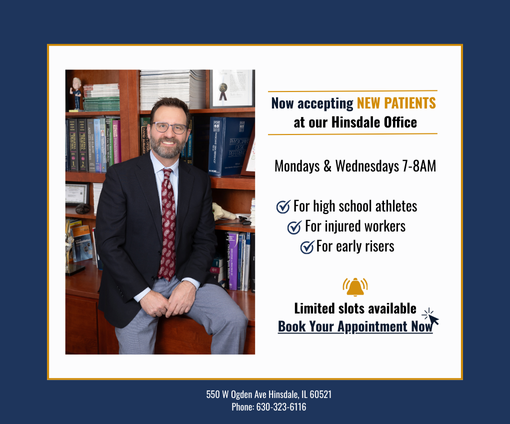 Arthroscopic expert, Dr. Steven Chudik, cites prompt treatment, thorough evaluation and physical therapy as key factors to successful return from shoulder dislocation injury
Arthroscopic expert, Dr. Steven Chudik, cites prompt treatment, thorough evaluation and physical therapy as key factors to successful return from shoulder dislocation injury
Home / Special Procedures / Pediatric Anterior Cruciate Ligament Reconstruction Surgery
The anterior cruciate ligament (ACL) is one of the four major ligaments of the knee, particularly a ropelike structure in the center of the knee that helps maintain the normal stability. Unfortunately, a torn ACL does not heal and the knee will typically continue to be unstable (shifts or gives way) during sports that require pivoting, changing direction (cutting), jumping, or landing. Even with restriction of risky activities, living everyday life without reconstructing the ACL places abnormal stresses on the meniscus of the knee resulting in tears and accelerated degeneration of the cartilage and arthritis. The diagnosis of an ACL tear is usually made on physical examination, though an MRI can be helpful to demonstrate the tear as well as other injuries to the meniscus and cartilage. ACL tears are becoming increasingly more prevalent in young athletes.
Learn More

 “Thank you Dr. Chudik! I’m happy to be back on the ice.”
“Thank you Dr. Chudik! I’m happy to be back on the ice.”
Dr Steven Chudik founded OTRF in 2007 to keep people active and healthy through unbiased education and research. Click to learn about OTRF’s free programs, educational opportunities and ways to participate with the nonprofit foundation.
1010 Executive Ct, Suite 250
Westmont, Illinois 60559
Phone: 630-324-0402
Fax: 630-920-2382
(New Patients)
550 W Ogden Ave
Hinsdale, IL 60521
Phone: 630-323-6116
Fax: 630-920-2382
4700 Gilbert Ave, Suite 51
Western Springs, Illinois 60558
Phone: 630-324-0402
Fax: 630-920-2382

© 2025 © 2019 Copyright Steven Chudik MD, All Rights Reserved.

